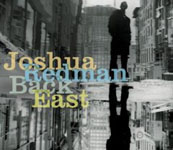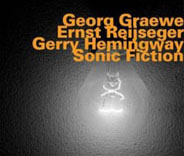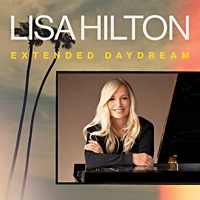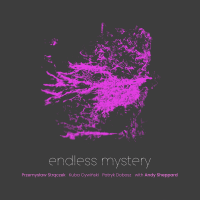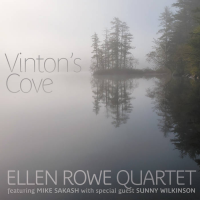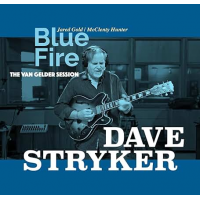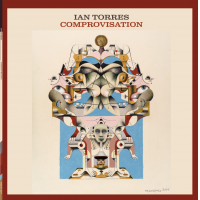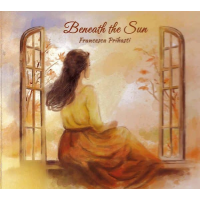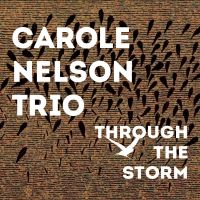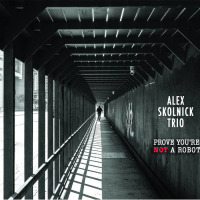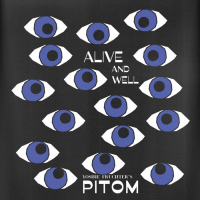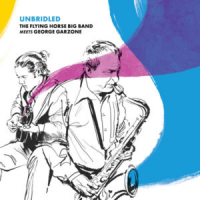Home » Jazz Articles » Album Review » Joshua Redman: Back East
Joshua Redman: Back East
The trio sans piano can be a challenging environment for any saxophonist, the absence of a harmonic underpinning creating a need to be more inventive melodically and rhythmically. Redman rises to the occasion mightily, using variations in time, tempo, tone and timbre to impart much variety within the program and often inside a single piece. Ably assisted by the three extremely capable bass and drum teams of Larry Grenadier and Ali Jackson, Christian McBride and Brian Blade and Reuben Rogers and Eric Harland, the leader shows himself to be an engaging melodist and motific improviser in the tradition of Rollins, particularly on the three songs associated with the saxophone colossus—"Surrey With The Fringe On Top," "I'm An Old Cowhand and "Wagon Wheels," as well as a Rollins-leaning "East Of The Sun among the 'eastern-oriented' tracks.
Redman displays his own increasingly personal voice—along with his impressive compositional skills—to great effect on his originals, particularly the title track, a lyrical "Zarafah and the meditative "Mantra #5 (on which he splits soprano duties with Chris Cheek). His abilities as an arranger come to the fore on a pair of two tenor tour de forces: Wayne Shorter's "Indian Song —sharing the front line with Joe Lovano—and Coltrane's "India," where he teams up with his father, Dewey, in what may be the master saxman's final studio outing. The leader bows out for the date's finale, "GJ," an original by the elder Redman on which the late saxophonist plays alto (the instrument he was often heard on in his Village Vanguard performances, when his young son would sit in on tenor), serving as a haunting epilogue to a stirring record.
Track Listing
The Surrey With the Fringe on Top; East of the Sun (and West of the Moon); Zarafah; Indian Song; I
Personnel
Joshua Redman
saxophoneJoshua Redman: tenor saxophone (1, 2, 4, 5, 7, 9, 10); soprano saxophone (3, 6, 8); Larry Grenadier: bass (1, 2, 8-11); Ali Jackson: drums (1, 2, 8-11); Christian McBride: bass (3, 4); Brian Blade: drums (3, 4); Reuben Rogers: bass (5-7); Eric Harland: drums (5-7); Joe Lovano: tenor saxophone (4); Chris Cheek: soprano saxophone (8); Dewey Redman: tenor saxophone (10), alto saxophone (11).
Album information
Title: Back East | Year Released: 2007 | Record Label: Nonesuch Records
Tags
PREVIOUS / NEXT
Joshua Redman Concerts
Support All About Jazz
 All About Jazz has been a pillar of jazz since 1995, championing it as an art form and, more importantly, supporting the musicians who make it. Our enduring commitment has made "AAJ" one of the most culturally important websites of its kind, read by hundreds of thousands of fans, musicians and industry figures every month.
All About Jazz has been a pillar of jazz since 1995, championing it as an art form and, more importantly, supporting the musicians who make it. Our enduring commitment has made "AAJ" one of the most culturally important websites of its kind, read by hundreds of thousands of fans, musicians and industry figures every month.


